NI Government currently uses the NIMDM to define areas of disadvantage and subsequently target and channel additional funds to these areas. The methodological foundations of this should be constantly tested, as it is possible that current methodologies are not optimal and that other approaches, such as modelled income data, measures of income inequality (the GINI coefficient), or a combination of the two, may enable a better identification of disadvantaged individuals. The project aims to use NILS to test a range of possible measures of disadvantage. This includes both an examination of (a) the measures themselves – GINI, NIMDM, a measure of areas of multiply deprived households; and (b) the cut points – the boundaries defining the categories used with the indicators. Outcome measures will include both (i) mortality (2001-2009), and (ii) an examination of social mobility as represented in the transitions associated with (NI-)internal migration patterns between super output areas (SOA).
Outputs:
O’Reilly, D. (2013) ‘The use of Spatial Measures for the targeting of Need.’ OFMDFM (PDF 1MB)


